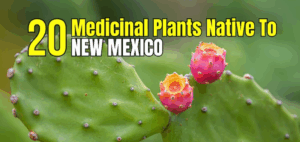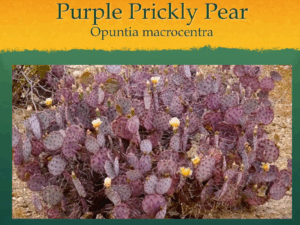Planting native and beneficial plants in the Gila Wilderness—a region in southwestern New Mexico known for its rugged terrain, rich biodiversity, and arid to semi-arid climate—requires a thoughtful, ecologically grounded approach. This environment is characterized by variable elevations, dry summers, and monsoon rains, making it ideal for drought-tolerant native plants that can also provide food or medicinal value. To plant effectively here, one must prioritize species that are not only resilient but also beneficial to local ecosystems, with minimal ecological disruption. Many are surprised they can grow real world foods and not have to purchase sugar cane, but actually grow it! The key is to mimic natural patterns, respect native biodiversity, and incorporate useful species such as aloe or sugarcane only where appropriate and sustainable.
Selecting Native Plants
 Begin by selecting plants that are either native to the Gila Wilderness or highly adapted to its conditions. Native plants such as prickly pear cactus (Opuntia spp.), agave (Agave parryi or Agave americana), wild onions (Allium spp.), mesquite (Prosopis glandulosa), and yucca are all excellent choices. These species have evolved to thrive in the high-desert conditions of the Gila region and can provide both food and habitat for wildlife. For example, prickly pear offers edible pads and fruits, agave can be used for syrup or fiber, and mesquite pods are a traditional source of flour. Aloe vera, though not native, can survive in similar conditions and offers substantial medicinal value. However, it should be planted carefully, in a contained or managed space, so it does not displace native flora.
Begin by selecting plants that are either native to the Gila Wilderness or highly adapted to its conditions. Native plants such as prickly pear cactus (Opuntia spp.), agave (Agave parryi or Agave americana), wild onions (Allium spp.), mesquite (Prosopis glandulosa), and yucca are all excellent choices. These species have evolved to thrive in the high-desert conditions of the Gila region and can provide both food and habitat for wildlife. For example, prickly pear offers edible pads and fruits, agave can be used for syrup or fiber, and mesquite pods are a traditional source of flour. Aloe vera, though not native, can survive in similar conditions and offers substantial medicinal value. However, it should be planted carefully, in a contained or managed space, so it does not displace native flora.
Location, Just As Important As Species
 Site selection and preparation are crucial for success. Choose a location that matches the sunlight and drainage preferences of your selected species. In the Gila region, many beneficial plants prefer full sun and well-drained soils. Avoid heavy disturbance of the soil; instead, consider sheet mulching or simply clearing invasive weeds while preserving native groundcover. Adding a layer of organic mulch, such as shredded bark or leaf litter, will help conserve moisture, suppress weeds, and slowly enrich the soil. If planting near slopes or arroyos, use natural contours to direct water toward the roots of your plants. Swales or rock-lined basins can be built to capture and slow rainwater during monsoon season.
Site selection and preparation are crucial for success. Choose a location that matches the sunlight and drainage preferences of your selected species. In the Gila region, many beneficial plants prefer full sun and well-drained soils. Avoid heavy disturbance of the soil; instead, consider sheet mulching or simply clearing invasive weeds while preserving native groundcover. Adding a layer of organic mulch, such as shredded bark or leaf litter, will help conserve moisture, suppress weeds, and slowly enrich the soil. If planting near slopes or arroyos, use natural contours to direct water toward the roots of your plants. Swales or rock-lined basins can be built to capture and slow rainwater during monsoon season.
 Plant in clusters or guilds that mimic natural ecosystems. For example, a xeric guild might include aloe vera as a medicinal ground-level plant, prickly pear as a mid-height food plant, and mesquite to provide partial canopy, nitrogen fixation, and mulch. Grouping plants with similar water and soil needs reduces competition and maintenance. During the first year, deep watering every couple of weeks will help establish roots. Afterward, most native species can survive on rainfall alone.
Plant in clusters or guilds that mimic natural ecosystems. For example, a xeric guild might include aloe vera as a medicinal ground-level plant, prickly pear as a mid-height food plant, and mesquite to provide partial canopy, nitrogen fixation, and mulch. Grouping plants with similar water and soil needs reduces competition and maintenance. During the first year, deep watering every couple of weeks will help establish roots. Afterward, most native species can survive on rainfall alone.
Plant For The Long Term
To maintain the planting area, use natural methods like chop-and-drop pruning, minimal irrigation, and selective harvesting. Leave portions of each plant for wildlife, and never introduce invasive species. Ultimately, planting in the Gila Wilderness should focus on working with nature, not against it—creating a resilient, low-impact system that provides both sustenance and ecological value.